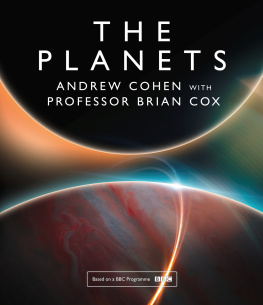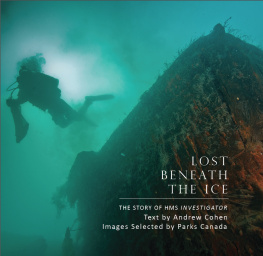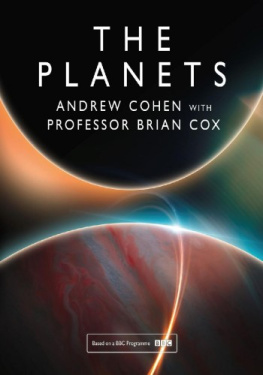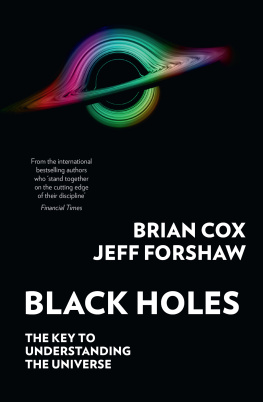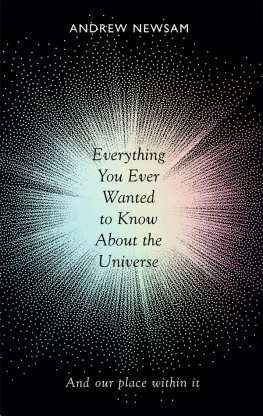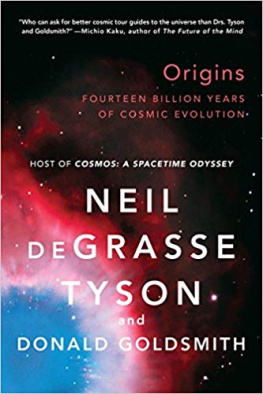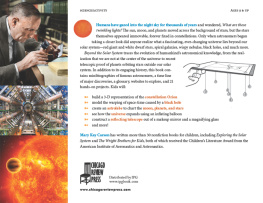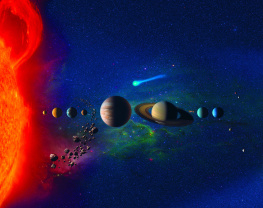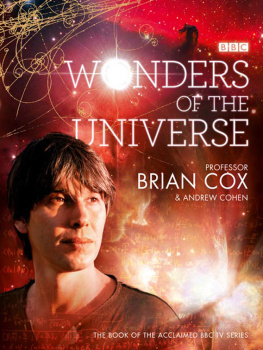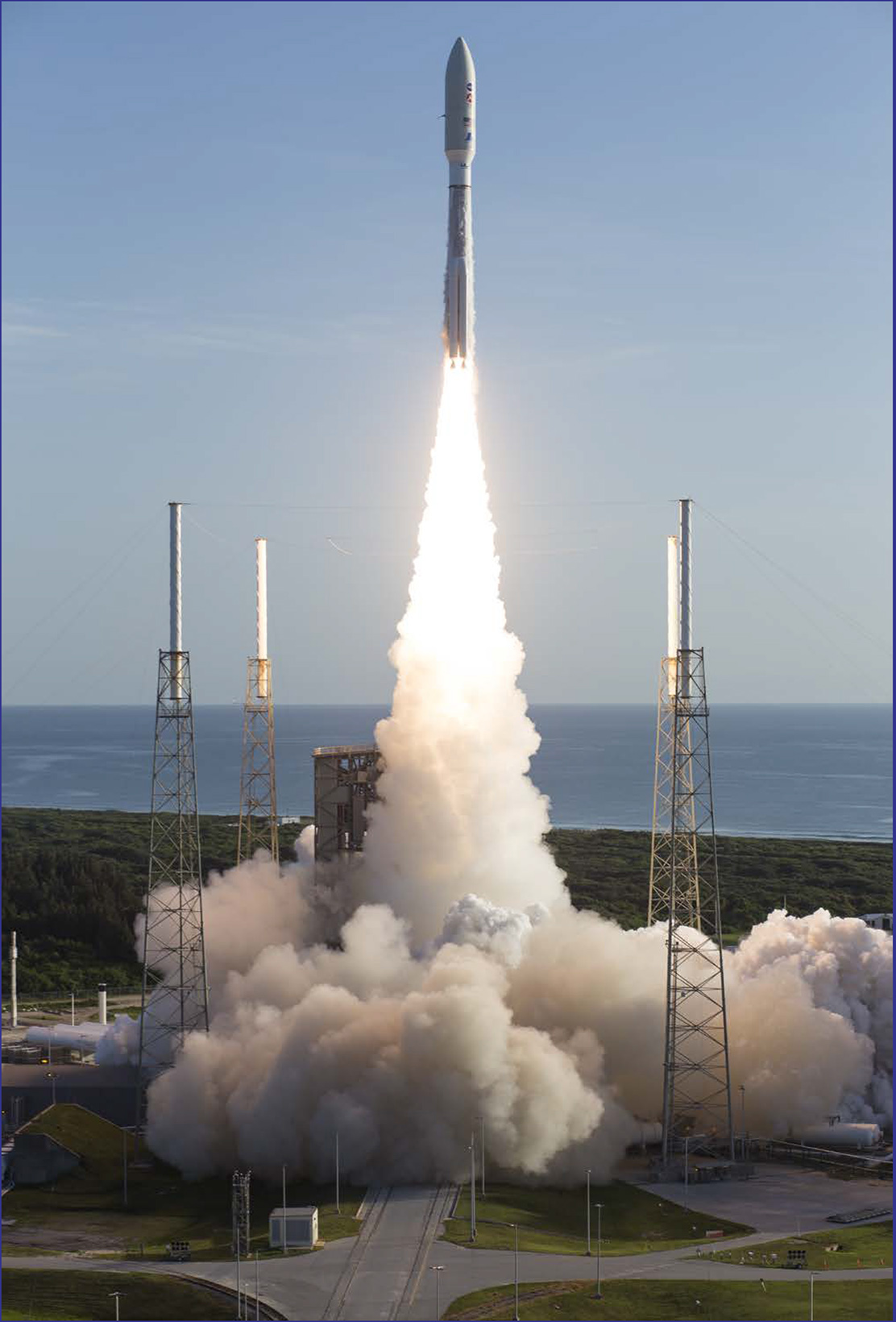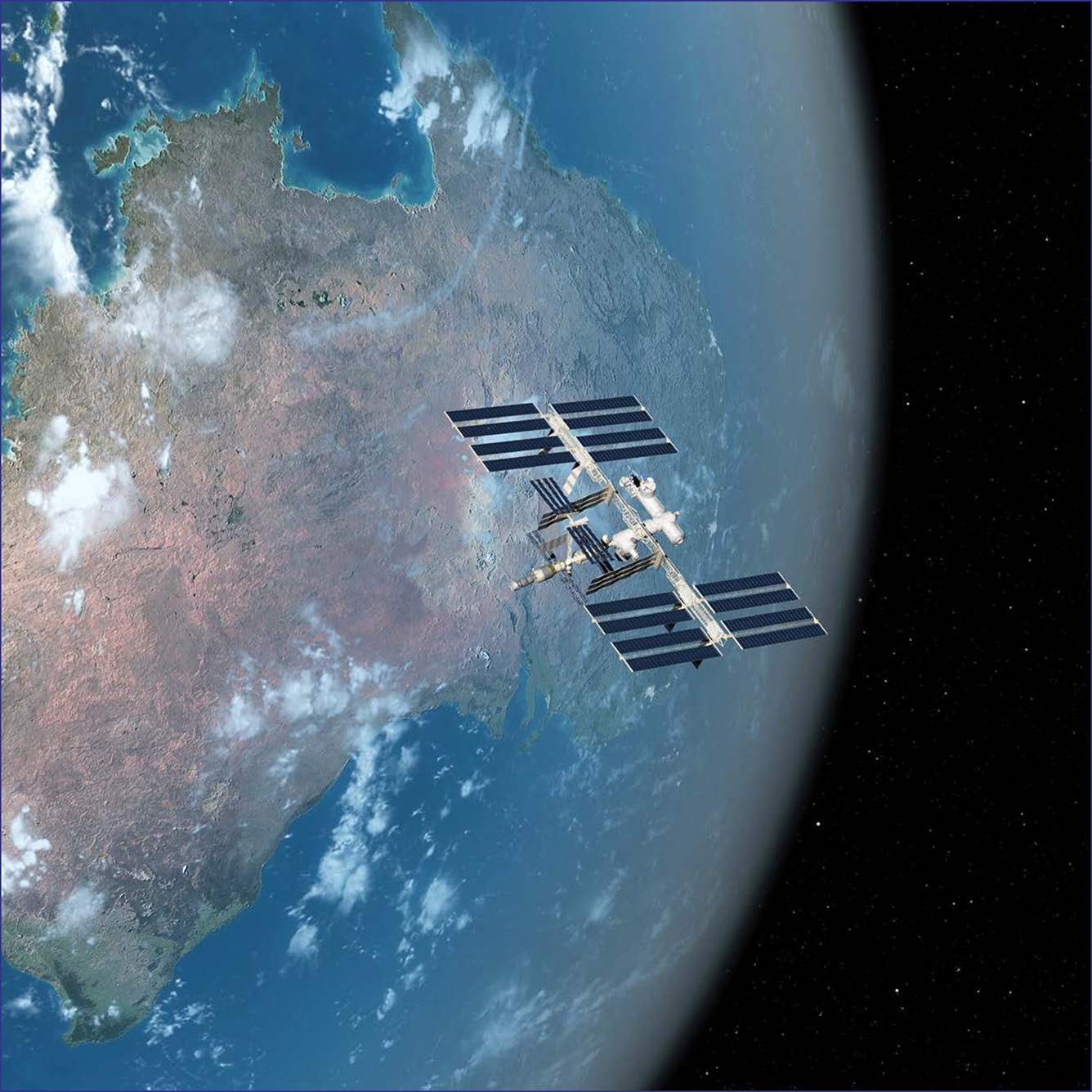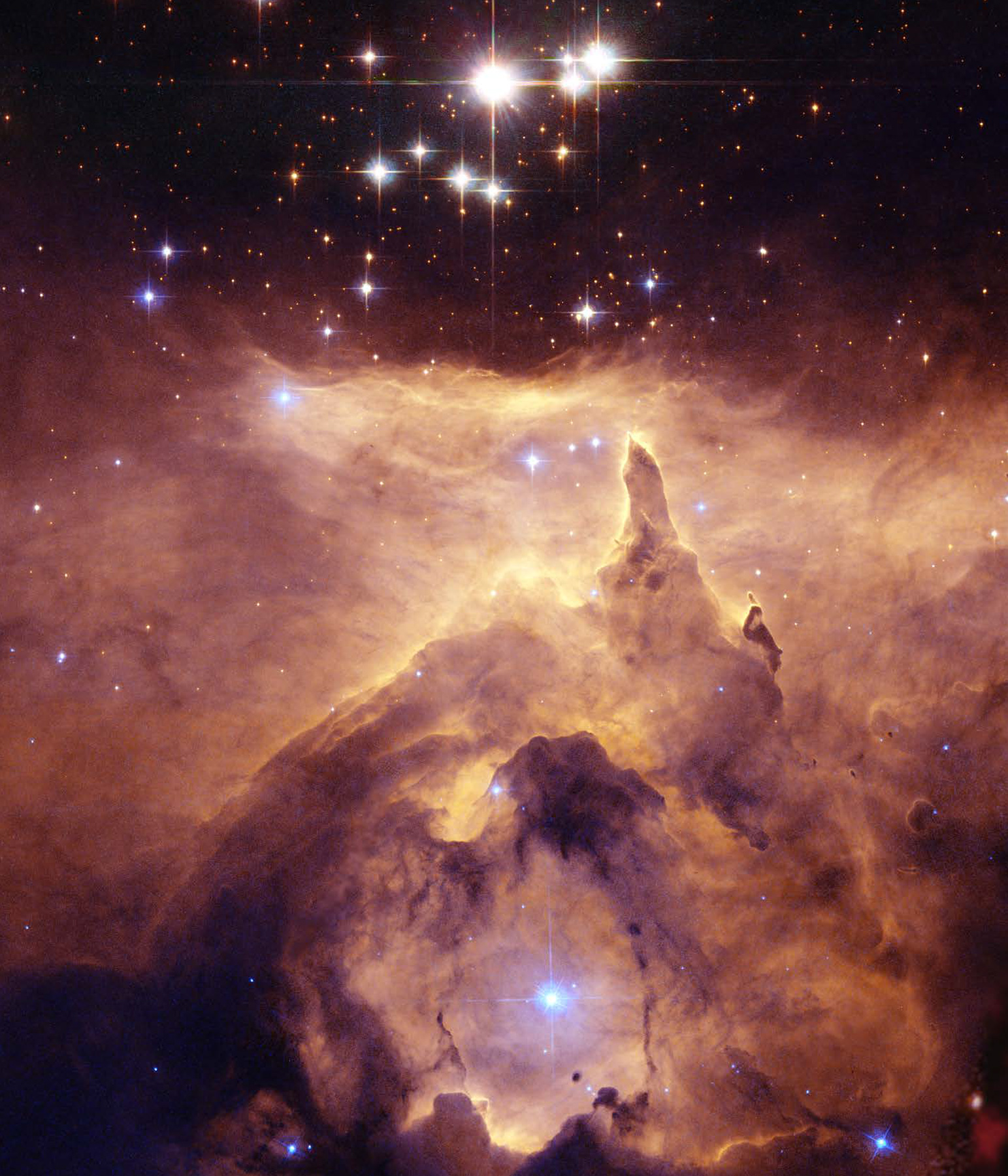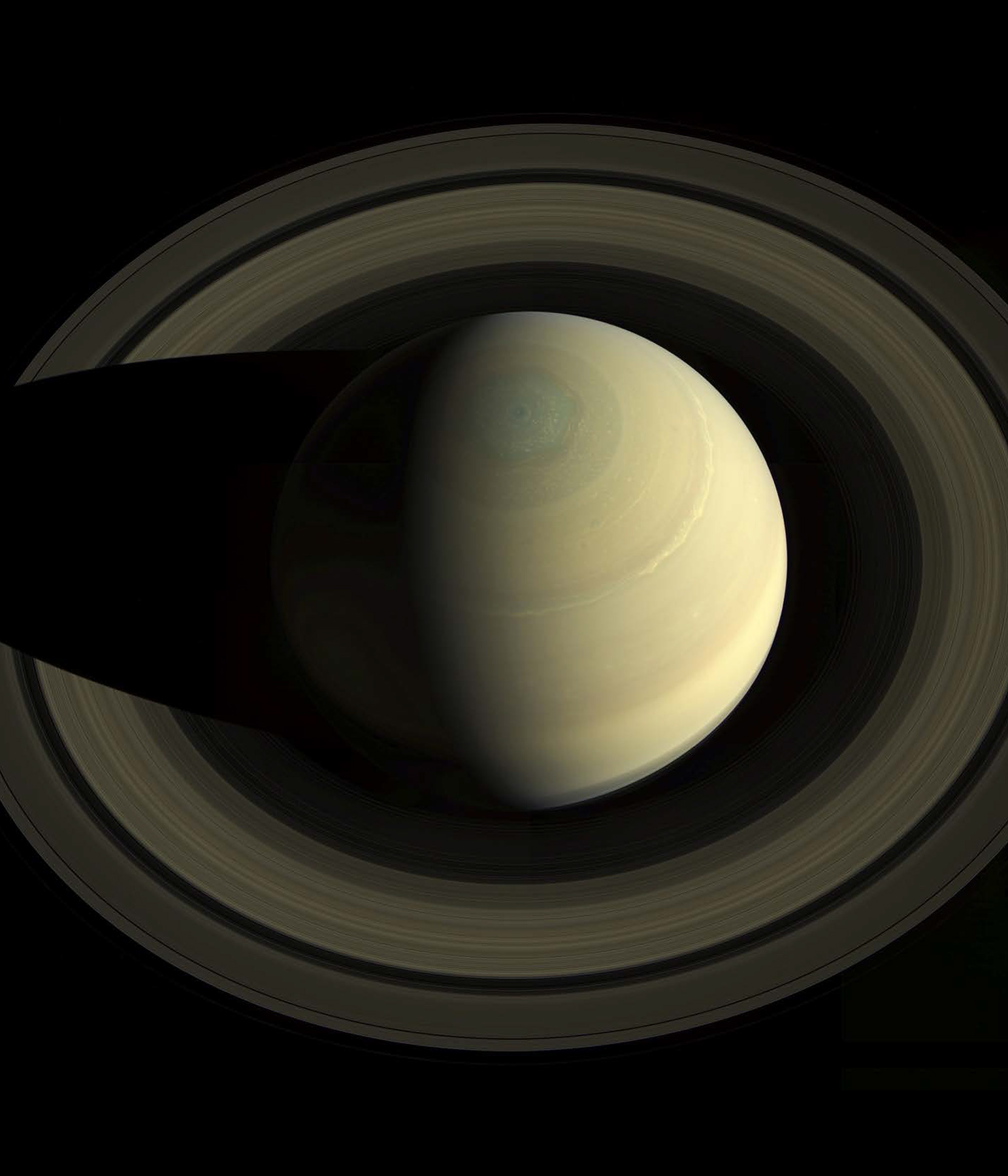CONTENTS

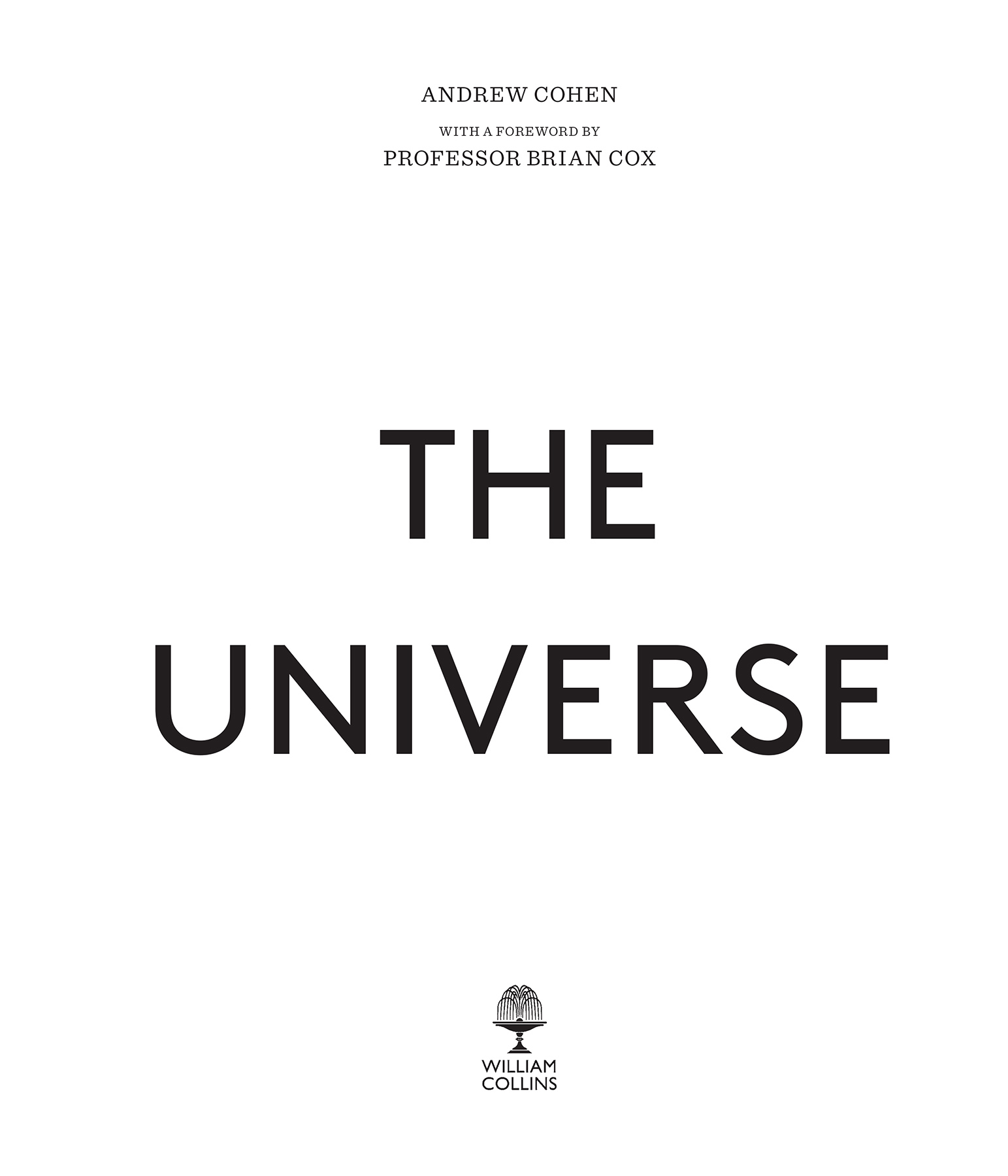
William Collins
An imprint of HarperCollinsPublishers
1 London Bridge Street
London SE1 9GF
WilliamCollinsBooks.com
This eBook edition published by William Collins in 2021
Text Andrew Cohen 2021
Foreword text Brian Cox 2021
Images Individual copyright holders
Diagrams HarperCollinsPublishers 2019
By arrangement with the BBC
The BBC logo is a trademark of the British Broadcasting Corporation and is used under licence
BBC logo BBC 2014
Andrew Cohen and Brian Cox assert their moral right to be identified as the authors of this work in accordance with the copyright, Designs and Patents Act 1988
Cover image NASA, ESA and STScl
A catalogue record for this book is available from the British Library.
All rights reserved under International and Pan-American Copyright Conventions. By payment of the required fees, you have been granted the non-exclusive, non-transferable right to access and read the text of this eBook on-screen. No part of this text may be reproduced, transmitted, downloaded, decompiled, reverse engineered, or stored in or introduced into any information storage and retrieval system, in any form or by any means, whether electronic or mechanical, now known or hereinafter invented, without the express written permission of HarperCollins Publishers.
Source ISBN: 9780008389321
eBook Edition April 2019 ISBN: 9780008389338
Version: 2021-09-14
For my mum Barbara Cohen, it would be hard to find a kinder person in this or any other universe
Contemplating the Universe is exhilarating and terrifying in equal measure. Nobody, professional scientist or otherwise, understands how to internalise the fact that we exist alone, as far as we can tell in a void illuminated by 2 trillion galaxies. Perhaps thats why, as I say in my introduction to the television series on which this book is based, there is a sense of relief that rises with the dawn. The brightening sky hides the stars and the questions they pose. What questions? Questions that run the risk of sounding naive because they are profound. Questions, perhaps, that we feel we should not ask in educated company.
Wonder is unfashionable amongst fashionable cynics. How did the Universe begin? How will it end? What is the meaning of it all? Are these questions childlike? Maybe. Childish? Certainly not. The first two questions are eminently askable because they fall comfortably within the domain of science. Thats not to say we are able to answer them, but the study of the origin and fate of the Universe is the province of cosmology, the foundation of which is Einsteins Theory of General Relativity, published in 1915. For 100 years we have possessed a scientific theory that forces us to contemplate the beginning of time, supported by a century of astronomical observations. We live, certainly, in an expanding universe. The distances between the galaxies are increasing today, and that implies that in the past the galaxies were closer together. If we run the equations backwards, we find that everything was very close together 13.8 billion years ago, and we call that moment the Big Bang. We have even detected the afterglow of the Big Bang as ancient light known as the Cosmic Microwave Background Radiation. In the old days, Id tell you that it formed part of the static fuzz on a detuned TV set and you could have watched the ghosts of creation dance for yourself.
We know, therefore, that the Universe has not always been like the one we observe today in our cosmic neighbourhood: old, cold, almost empty, save for occasional islands of light scattered as snowflakes on the wind. Long ago, it was hot and dense and highly energetic, and out of those fires we emerged.
The rocket carrying NASAs Mars 2020 Perseverance rover launched in July 2020, ushering in a new era of exploration.
The International Space Station is an example of the very best of humanity; collaboration in the name of progress and discovery.
The story of our emergence is written today not in ancient texts but in textbooks, because we have observed it rather than invented it. The way to understand nature is to look at it. Inside our supercomputers we build simulated universes and watch as great lanes of dark matter condense as morning dew on a spiders web in patterns laid down by sub-atomic-scale fluctuations when our universe was far less than a billionth of a second old. We see stars and galaxies form around the scaffolding of the web and planets condense from the leftovers. On our planet we have seen active geology encourage carbon atoms to form into long-chain molecules that encode information, and we understand in broad scope how evolution by natural selection allowed those molecules to write symphonies.
This series was filmed in unprecedented times, during a global pandemic predicted by science and ultimately alleviated by science. I think the experience shaped the series and made it more philosophical and perhaps more polemical. After all, the reliable knowledge upon which our understanding of genetics and viruses and vaccines rests was not acquired by fashionable cynics but by people driven by wonder. The foundations of that wonder lie amongst the stars because astronomy is the oldest science, and therefore a heartfelt celebration of astronomy feels both apposite and necessary. Today, the questions posed by the heavens still stretch the human mind beyond its capabilities, and without such challenges to our insular vanity there will be no progress. From the greatest of galaxies to the supermassive black holes at their heart, the sky is populated by natural objects we dont yet understand, and thats why the sky is so valuable a resource. Who knows where the new knowledge will take us, but long experience tells us it will lead to something wonderful.
I hope you enjoy the series and the book and, perhaps, are motivated to look upwards into the night not in terror at the infinite spaces but in exhilaration at the infinite wonder. What is the meaning of it all? I dont know, but we wont find the answer by looking inwards. Well find it by lifting our gaze above the horizon and outwards into the Universe beyond. We used to look to the sky and see only questions. Now, we are beginning to see answers.
Professor Brian Cox, 2021
This giant red nebula (NGC 2014) and its smaller blue neighbour (NGC 2020) are part of a vast star-forming region in the Large Magellanic Cloud. Captured by the Hubble Space Telescope, 2020.
Contents
The small open star cluster Pismis 24 lies in the core of the large emission nebula NGC 6357 in Scorpius, about 8,000 light years away from Earth. Captured by the Hubble Space Telescope, 2006.
Where is everyone?
Enrico Fermi


